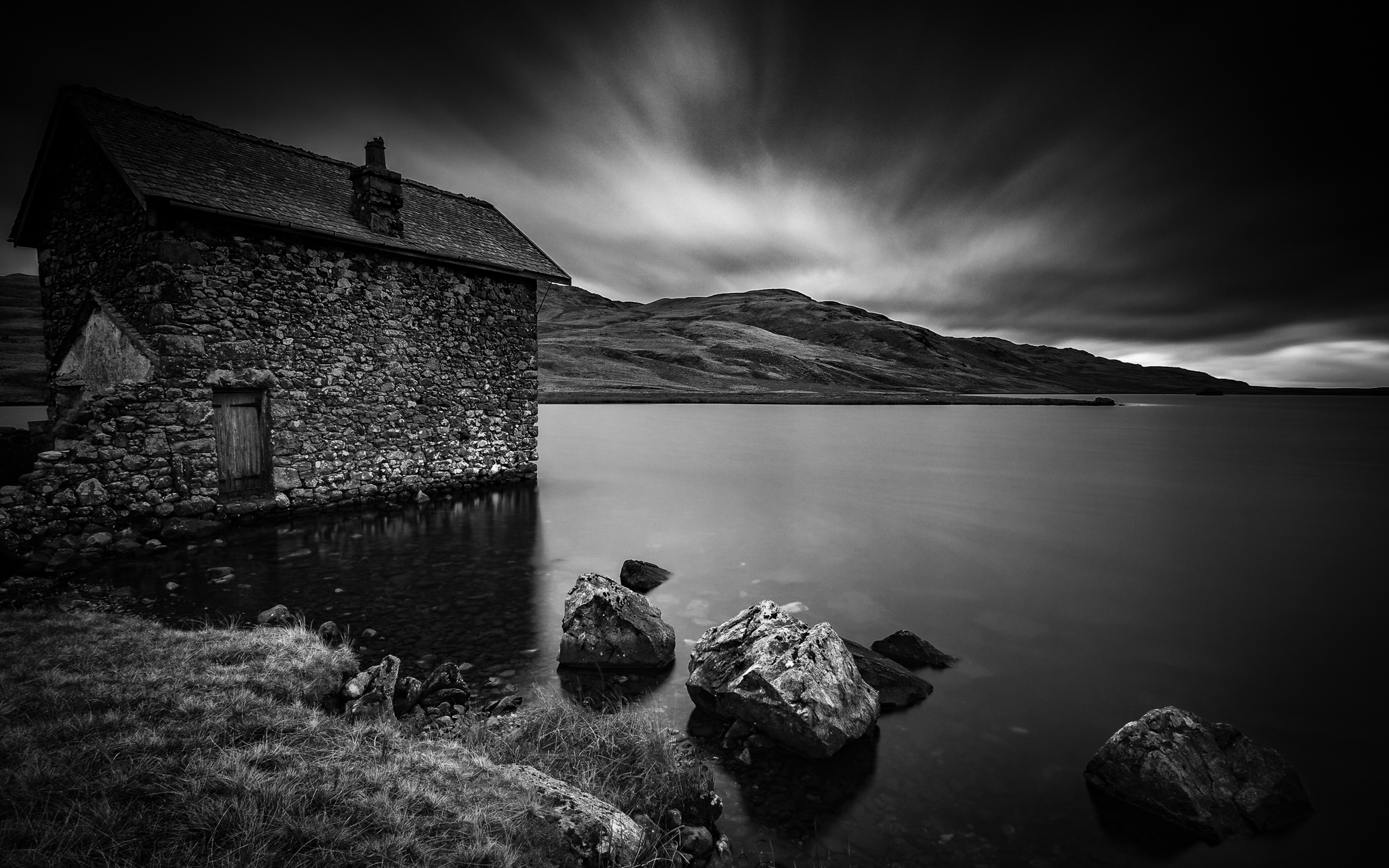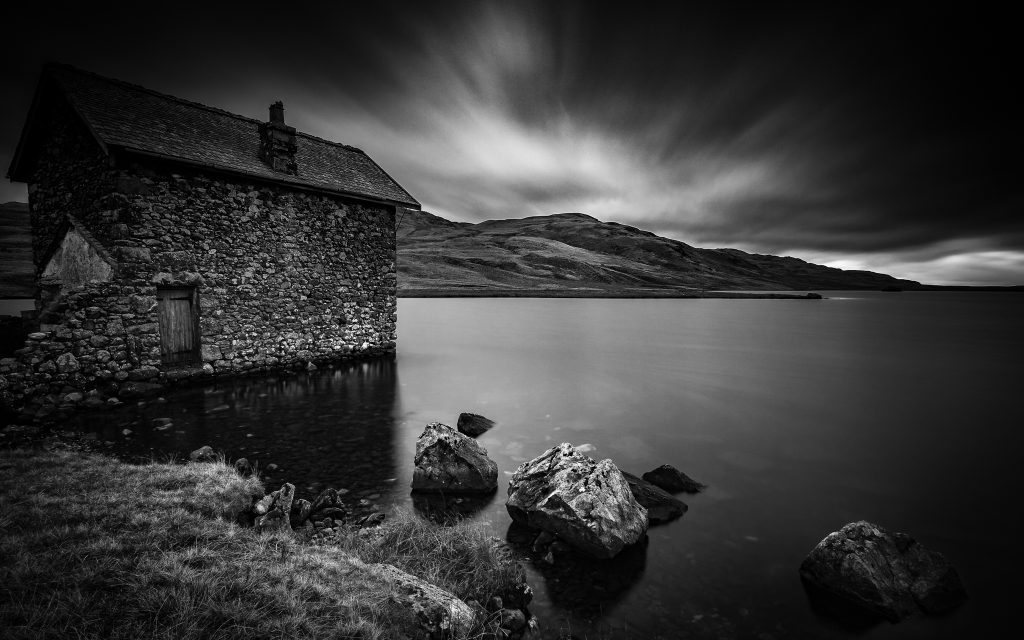

It’s a dilemma isn’t it? You’ve packed up all your camera gear, booked hotels, travelled hundreds or even thousands of miles with hope and excitement running through your veins, your mind overflowing with images of beautiful landscapes bathed in wonderful golden dappled light………and then you arrive and are greeted by leaden skies and dull grey land. So, what to do?
Well, this is the scenario that occurred to my brother David and I on a recent visit to the English Lake District. There were, as usual when the two of us are together, two schools of thought. David favoured the “sitting in the pub taking wide aperture images of pints of beer” approach. But whilst I could certainly see the merits in this I could also see the downside, there are some seriously strong ales in that part of the world after all. Plus, my passion for landscape photography is at least as strong as David’s passion for beer, so we hit a compromise. Photography until sunset (only 4pm after all), then pub!
“But what about the lack of light?”, David enquired. “Surely light is the thing that adds depth and interest to a landscape photograph”. This is indeed correct and an extremely valid point, especially from a man who is used to shooting in the tropics where gorgeous light is the norm. But there are things that one can do when the sun decides not to play ball, a scenario that I am much more used to than my spoilt brother.
When life deals you lemons make lemonade right? Well, when life deals you a lack of colour in a landscape, simply think about removing all the colour. The temptation can be to try and shoot the scene and then bring out more contrast when post processing but whilst this is certainly an option I have never found it to be as satisfying as going down the black and white route. But to get the best out of black and white photography you have to think a little differently right from the moment you arrive at your location. You need to think in black and white and shoot accordingly.
Think Black and White
What do I mean by think black and white? When shooting colour it is very much about the light and the colours but when shooting in black and white I find it better to think about textures and shapes. Strong textures and shapes are the order of the day. Using the Olympus OM-D E-M1 as I do I am lucky that there are some great settings that allow me to visualize the scene through the viewfinder and the screen in black and white, I always make full use of this functionality and it is one of the things that I love about using the micro four thirds format.
Textures
When shooting black and white images I think much more about textures. I look around the scene and identify subjects that have interesting textures and think about how I will bring out those textures when post processing. In the above image the boathouse and rocks have a very defined texture. The sky too has texture to it, albeit a little more subtle. The water too had texture to it as there was a fairly stiff breeze but for me landscape images like this are all about contrast so I wanted to flatten the water out. I did this by using an 11 stop filter to get an exposure time of 36 seconds at f8. To my eye the smoothness of the water draws the eye to the rocks with their bold texture and these in turn lead the eye to the boat house.
Shapes and lines
Strong shapes and lines add to the dynamism of any black and white shot and landscapes are no different. The line of the horizon, the solidity of the boathouse and the triangular shape of the collection of rocks in the foreground all help to create a strong dynamic.
The beauty of black and white is that it can remove distractions allowing the mind of the viewer to concentrate on the main elements of the photograph. It’s beauty is in it’s simplicity. Take the distant mountains in the above photograph, even with relatively flat colours (take a look at the video below to see how dull it was) that a dull day displays the eye would still be drawn to these, perhaps more so than on a sunny day as the viewer would be subconsciously searching for some interest. But in black and white, whilst still an important element of the scene as a whole the mountains stand out much less allowing the main elements to become more bold and striking.
So, next time you look out of the window and it is dull and overcast remember, beautiful locations are beautiful locations no matter what the weather, you just need to shoot in a way that brings that beauty out in the best way that the conditions allow.
